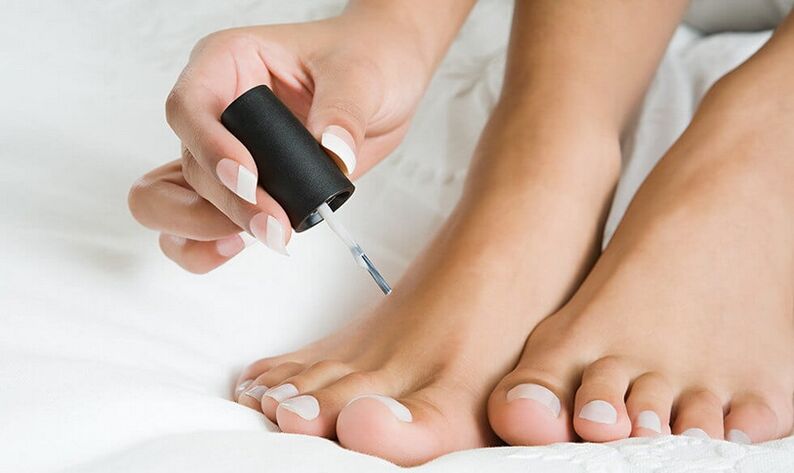Beautiful nails are one of the great advantages in creating the image of a successful, healthy and happy person. But how often it leaves a lot to be desired not only in its appearance, but also in the health of the nails. They turn yellow, thicken, exfoliate.
In very advanced cases, the nail plate can completely detach from the finger. The reason for such an unsightly and painful condition of the nails is a fungus. Catching onychomycosis, a common and intractable disease, is not as difficult as it sounds.
Visiting saunas, swimming pools without individual shoes, changing rooms on the beaches are the most common forms of infection, and toenail fungus is the most common type of fungal infection. The development of pathological microflora on nails is facilitated by frequent stress, emotional stress and decreased immunity.
Bad habits, lack of strict adherence to personal hygiene requirements are also triggering factors of nail fungus. The cure for the disease is not as quick as the infection. From the correct diagnosis of the disease to the cure, it takes at least six months if the fungus is located on the toenails and up to twelve months in case of damage to the legs.

Varnishes for the treatment of nail fungus
Depending on the stage and location of the fungal infection, various methods are used that allow for a timely recovery.
At the initial stage of infection, varnish is successfully used to treat nail fungus, the principle of which is to smooth the affected nail plate, as a result, the spores of the fungus die under the influence of the drug.
Various pharmaceutical companies produce varnishes under different names, and all of them confirm high fungicidal properties.
Medicinal preparations are successfully used to get rid of onychomycosis and prevent the recurrence of the disease. To prevent fungal infections, fungal nail varnish is also used very effectively.
Recommendations for the use of antifungal varnishes
To ensure maximum therapeutic effect, treatment of affected nails must be carried out according to recommendations and in the ideal dosage. Thus, varnish treatment is performed regularly, twice a week, and treatment continues until final laboratory and clinical recovery, up to six or twelve months for fingers and toes, respectively.
When treating nail fungus, it should be borne in mind that toenails are capable of accumulating several times more therapeutic substance than fingernails. It is also important to keep in mind that using different varnishes in combination is undesirable, as this leads to a decrease in antifungal activity.
Contraindications when using varnish
The use of nail fungus varnish in the treatment of onychomycosis should be subject to contraindications to its use. Use during pregnancy and breastfeeding is prohibited, contraindicated in individuals with individual intolerance to the components of the drug, it should not be prescribed to children. Applying varnish for the treatment of nail fungus, it is possible, in some cases, to observe hyperemia of areas close to the skin.
application rules
- Preparing the nail plate before varnish treatment consists of removing as much of the affected nail tissue as possible using a special nail file that comes with the medical varnish.
- Then the surface of the nail is degreased with a cotton ball soaked in a water-alcohol solution.
- Another way to prepare the nail for the application of the varnish is to use a hygienic bath of soap and soda.
- After that, an antimycotic varnish is applied to the affected nail. It is recommended that the cured varnish be removed weekly, as with conventional decorative varnishes, using common organic solvents.





























